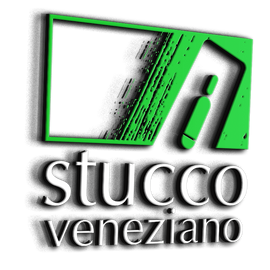How to maintain Venetian plaster
If you're in search of creating a modern and sophisticated look to your home, then look no further than Venetian Plaster. There are many benefits of Venetian plaster.
From residential homes to commercial retail, this striking technique oozes luxury. We thought it would be useful to share some tips on maintaining Venetian plaster so you can enjoy its beauty for years to come.
Why Venetian Plaster?
Venetian Plaster is an incredibly practical choice. When applied, the plaster dries to a durable finish. As it is less prone to cracking and shrinking, it is a practical investment. As it is breathable if it gets wet, the plaster will dry quickly preventing moisture from being absorbed under the surface. Although Venetian Plaster is significantly low maintenance, there are still some guidelines to follow.
Maintaining Venetian Plaster
Here are our five top tips for maintaining Venetian polished plaster walls:
Check the overall finish
After application, the walls can be sealed with a wax protection which makes them waterproof, helping to repel any grease and grime. Applying a wax means the cleaning and maintenance of your freshly new plastered walls will be much easier. However if the walls are not sealed, or you're unsure, then do test a small inconspicuous area before going ahead with the entire wall. If you’re not happy with the result, do consult us before taking further action, we would be very happy to help.
Be gentle when cleaning
When cleaning your polished plaster, it is important to use only water and a mild soap, avoiding any harsh cleaning materials, as these can potentially damage the surface. We recommend using our cleansing milk, Latte Detergente. Although polished plaster is robust, it is also delicate, so always clean gently. We recommend using a damp cloth for wet wiping and a microfibre cloth for dusting, which will help keep the original lustre of the finish.Dry thoroughly
Although waterproof, it isn’t best practice to leave the surface wet. After cleaning, take another dry, soft, non-abrasive cloth and dry the wall down. By using circular motions this will help keep the sheen. Ensure there are no remaining water marks or smudges left that could blemish the appearance of your walls.
Tackle repairs carefully
Even though polished plaster is exceptionally durable, daily life can sometimes lead to cracks or scratches. However due to the fact the plaster is applied in layers, it’s very easy to repair and restore the smooth appearance without the need for re-plastering the entire wall. Although repairs can be simple, it is still advisable to to call in specialists to rectify any problems, please don't hesitate to contact us, one of our team is always on hand to assist.

